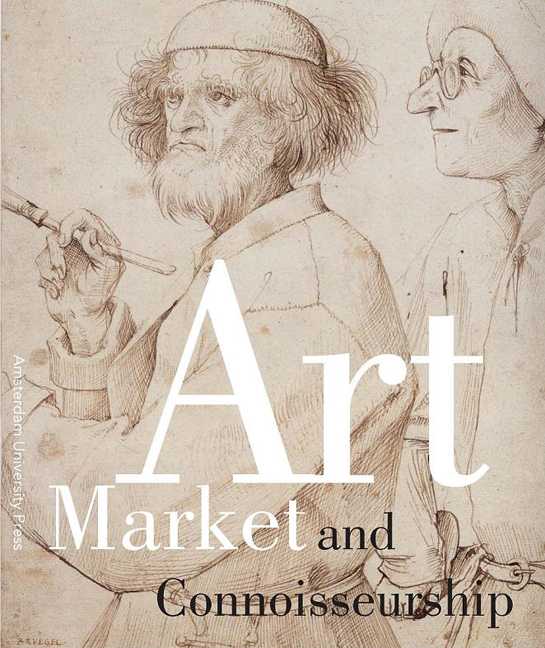 Art Market and Connoisseurship
Art Market and Connoisseurship Determining Value on the Art Market in the Golden Age: An introduction
Published online by Cambridge University Press: 15 January 2021
Summary
Introduction
An art historian who assesses the attributions of particular paintings in a scholarly publication knows that this will have consequences for the art market. The art historian in question, however, usually prefers to ignore this because he sees his work as a value-free analysis of certain qualities of the artwork in the service of constructing art historical categorisations. However, the owner of the work will have a different opinion. What a painting is valued at on the art market – especially paintings dating from the last five centuries – mainly depends on the fact whether or not it is considered an autograph work of a certain artist. A communis opinio among experts about authorship guarantees a basic market value. The process of canon formation establishes a relative value: X is on average more expensive than Y, but cheaper than Z. These values may vary hugely, depending on the position of the master in the ‘ranking’, while other factors such as subject matter, condition, rarity, provenance, place of an individual work within the oeuvre of a master and temporary phenomena like fashions and trends add to the many imponderables that make the prices of works of art vary tremendously. But when a work loses its aura of being by a certain artist's hand, it is robbed of its identity and becomes an outcast, even if none of the physical qualities and appearance of the work have changed; the value plummets and becomes even more difficult to assess than an ‘authentic’ work.
Outsiders find these kinds of fluctuations in monetary value on the art market incomprehensible. This is nicely expressed by the Dutch saying, often used in this context, that a work of art is worth ‘wat de gek ervoor geeft‘(what the fool will bid for it). When it concerns the value of art – and it applies to the works of the old masters as well as for currently popular artists – the general opinion is that everything depends on what an individual, based on his own idiosyncratic evaluation, is willing to pay for it. Naturally, also the behaviour of this ‘fool’ who might pay a price that seems outrageous, is determined by his or her social and cultural environment, economic circumstances and attitude towards market mechanisms.
- Type
- Chapter
- Information
- Art Market and ConnoisseurshipA Closer Look at Paintings by Rembrandt, Rubens and Their Contemporaries, pp. 7 - 29Publisher: Amsterdam University PressPrint publication year: 2008


